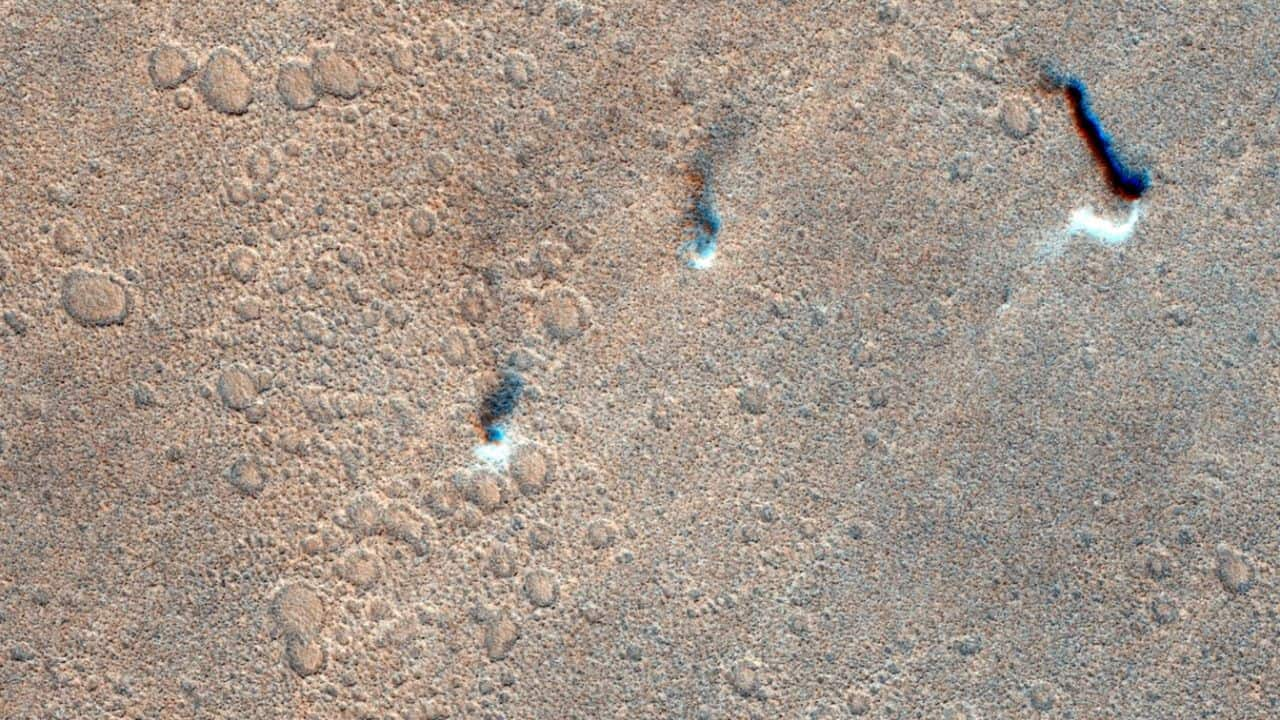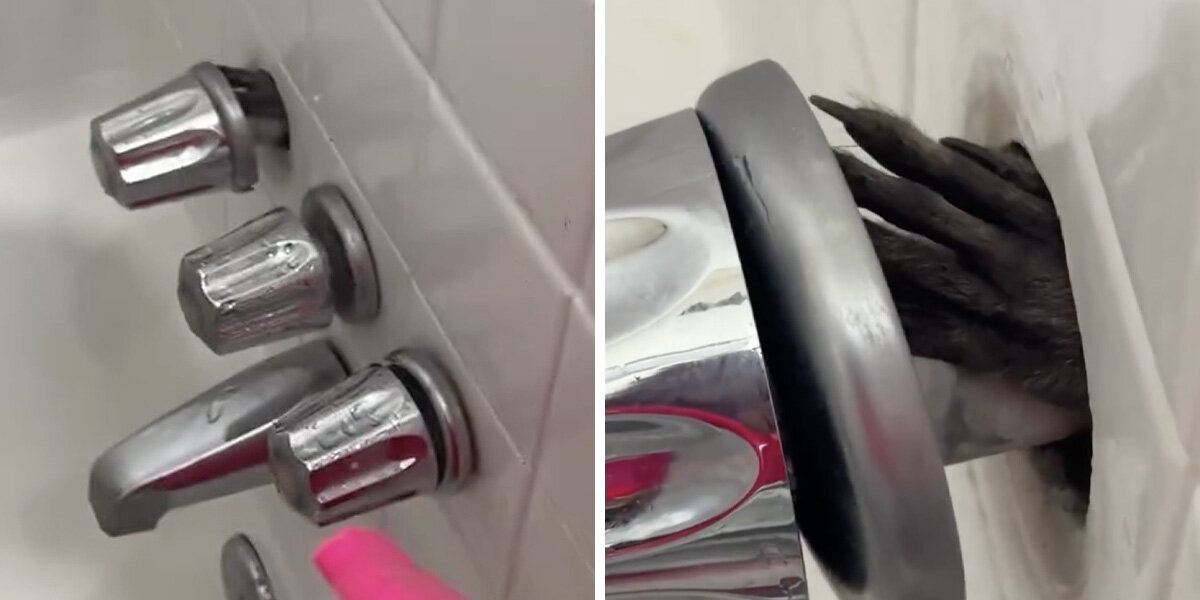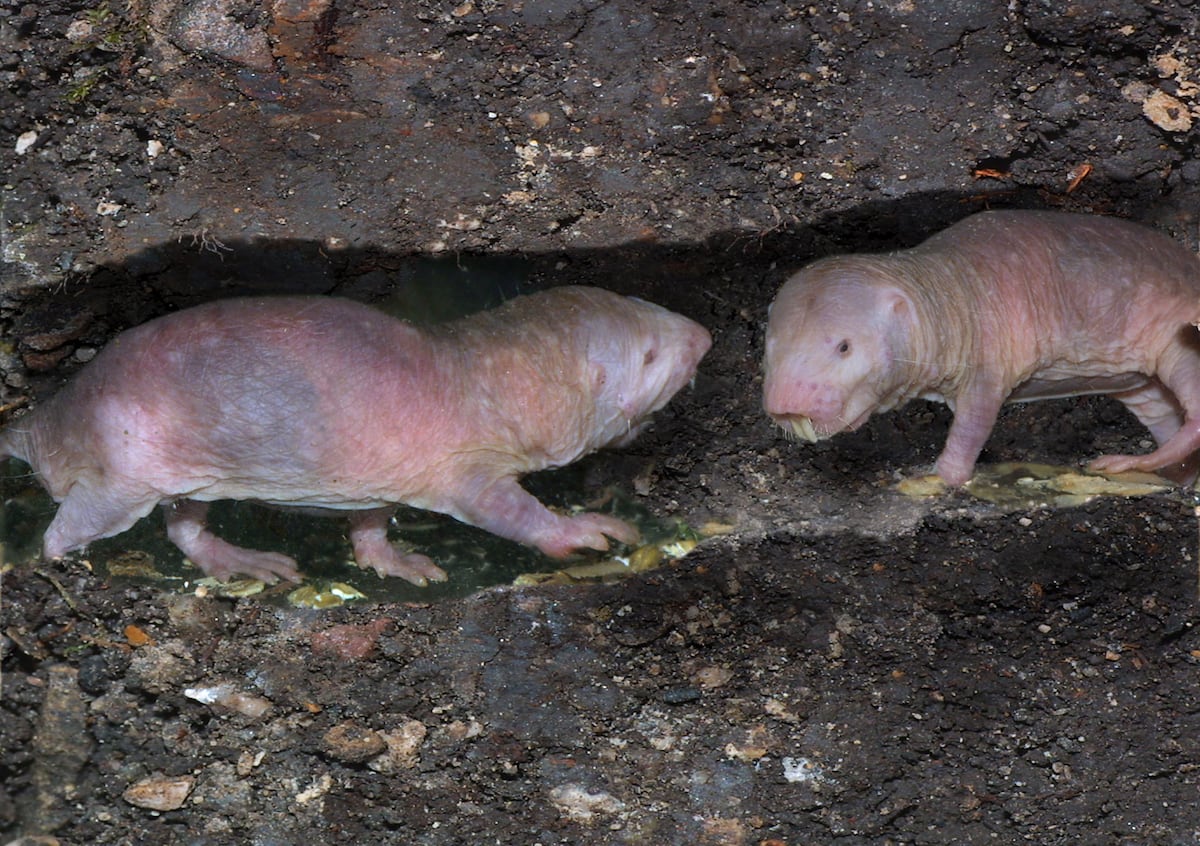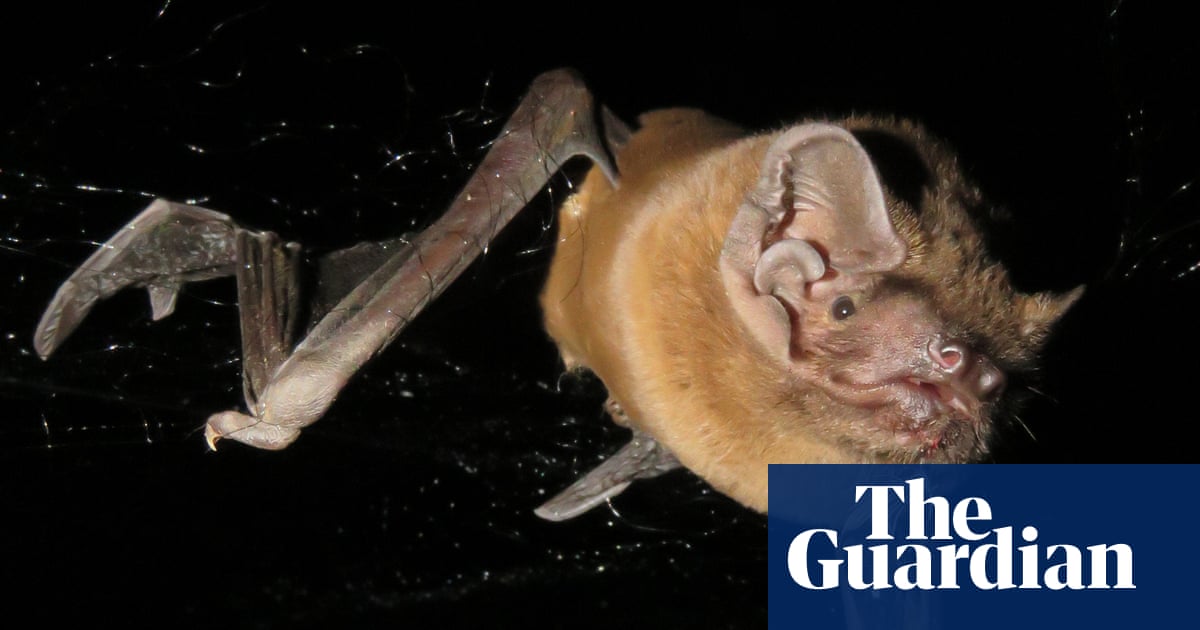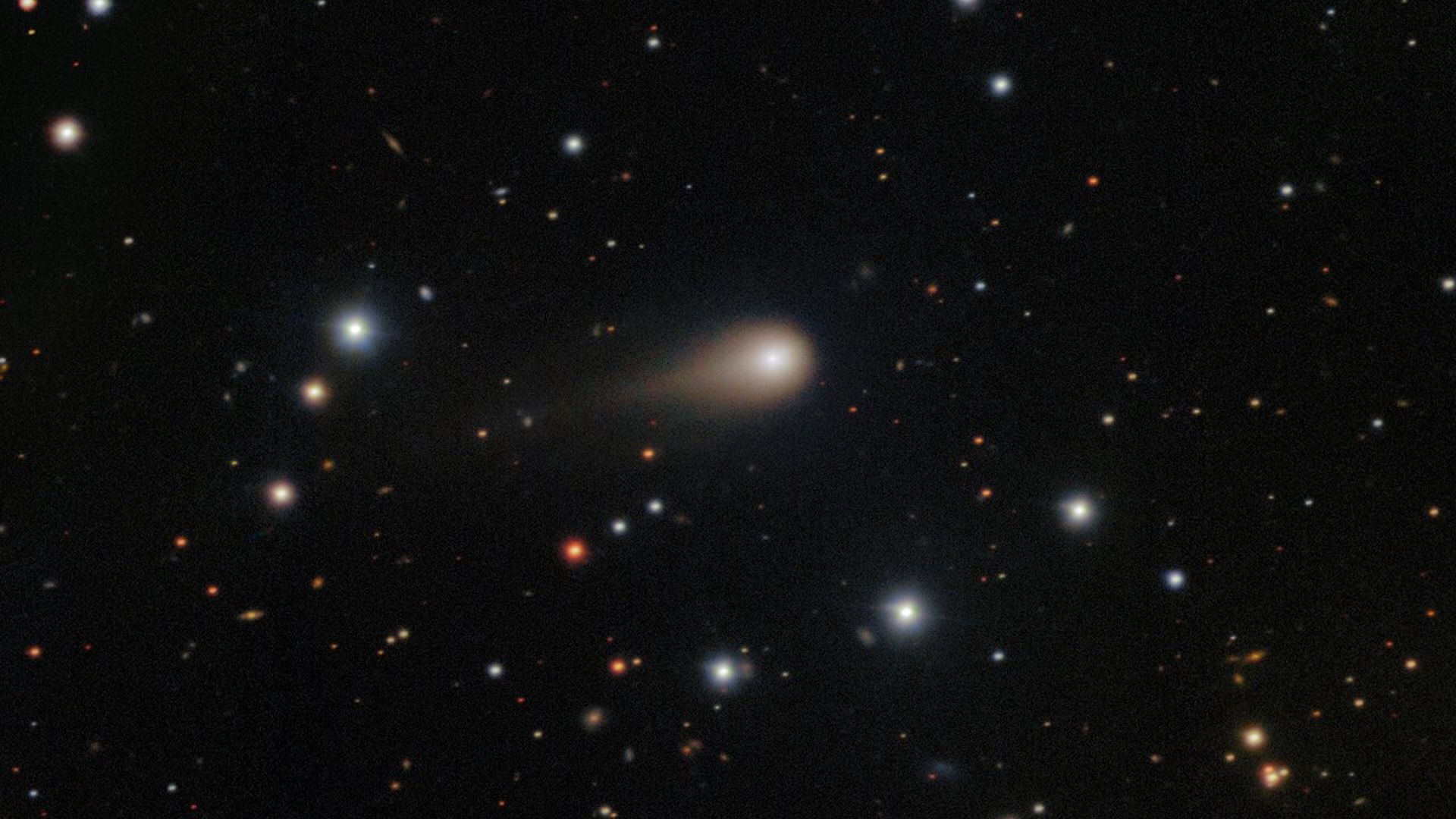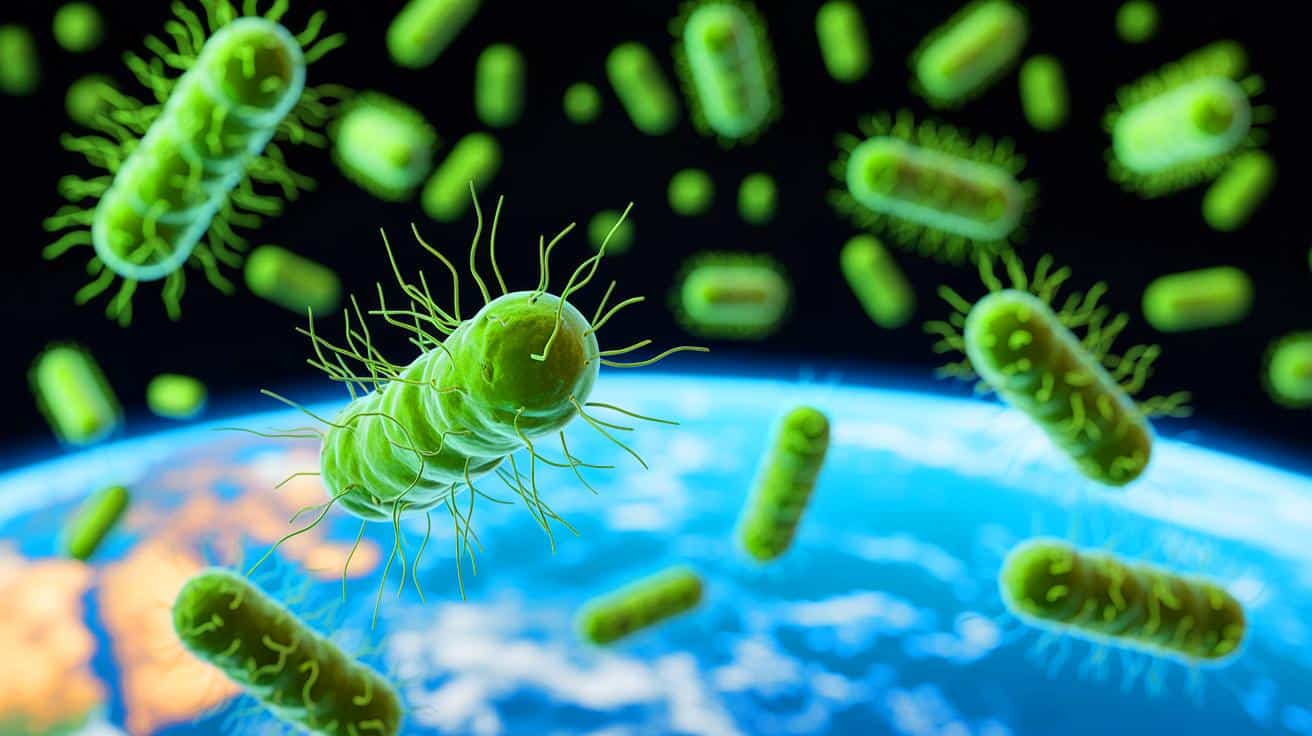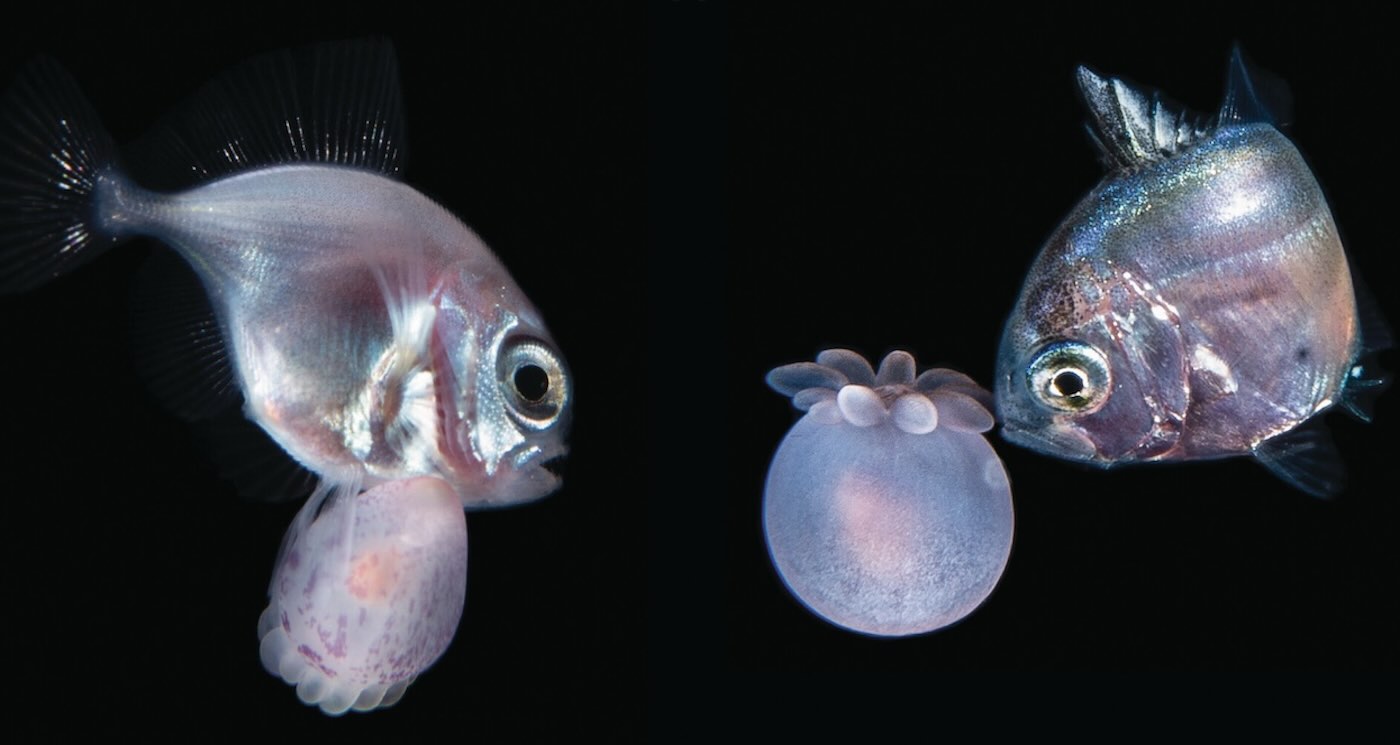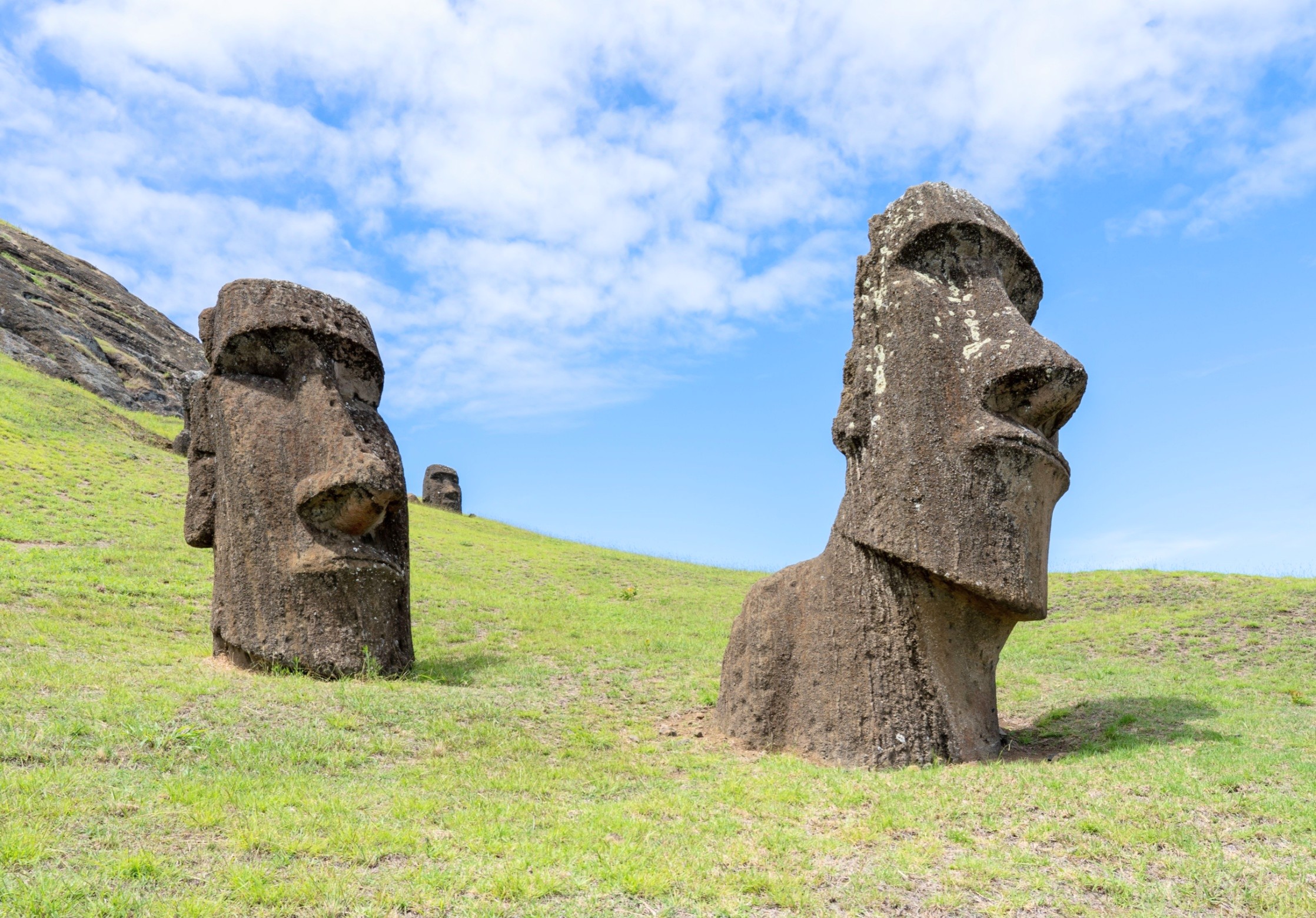Unlocking the Secret to Immortality: Naked Mole-Rats' DNA Repair Mystery Revealed!
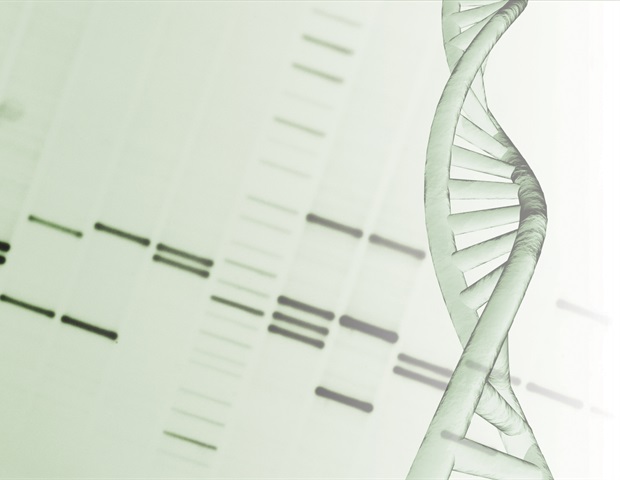
Imagine living for 40 years without showing the slightest sign of aging, just like the naked mole-rat! A recent study has uncovered that subtle changes in just four amino acids may hold the key to these fascinating creatures' extraordinary longevity. Researchers have found that evolutionary mutations in cGAS, an enzyme crucial to our immune system, seem to enhance the naked mole-rat's ability to repair age-related genetic damage — a stark contrast to how this enzyme behaves in mice and humans, where it often suppresses DNA repair.
The naked mole-rat (Heterocephalus glaber) might not win any beauty contests with its wrinkled skin and unassuming appearance, but it boasts an impressive life span that is nearly ten times longer than its similarly sized rodent relatives. This unique longevity is particularly intriguing because the genetic makeup of naked mole-rats is surprisingly closer to humans than to mice, making them an ideal model for researchers to study the molecular mechanisms that contribute to long life.
One of the pivotal aspects of longevity is the stability of an organism's genome. However, how these remarkable animals maintain the integrity of their DNA, especially through repair systems, has been shrouded in mystery. Homologous recombination (HR), a vital DNA repair pathway, is known to be linked to premature aging in other species. In humans and mice, the cGAS enzyme can actually suppress HR repair, raising the risk of cancer and curtailing lifespan.
In their groundbreaking research, Yu Chen and colleagues sought to understand whether cGAS has a similar suppressive effect in these long-lived naked mole-rats. Their work revealed that four specific amino acid substitutions in the naked mole-rat cGAS lead to a reduction in ubiquitination and degradation of this enzyme. This means that the enzyme can stick around for longer periods and in higher concentrations after DNA damage occurs, thus enhancing interactions with key DNA repair factors, FANCI and RAD50, and ultimately boosting HR repair.
When researchers depleted cGAS from naked mole-rat cells, they observed a significant accumulation of DNA damage. In a fascinating twist, fruit flies that were genetically modified to express human cGAS containing the four naked mole-rat-specific mutations lived longer than those with regular human cGAS. This suggests that these evolutionary changes in naked mole-rat cGAS not only bolster DNA repair but may be a direct contributor to the astonishing longevity of the species.
Experts like John Martinez and his colleagues have noted, “The findings from Chen et al. describe an unexpected role for naked mole-rat cGAS in the nucleus that influences longevity.” They emphasize the need for further studies to uncover the roles that cGAS may play in the nuclei of other organisms, whether short-lived or long-lived, hinting that the answers may be far more complex than we ever imagined.













